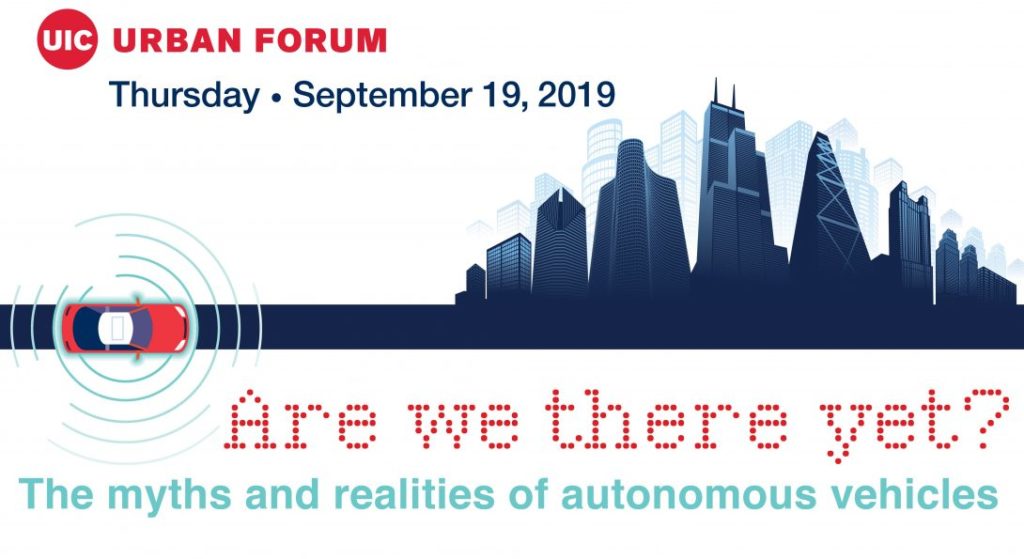Waymo, Alphabet’s robotaxi service, is now expanding service into Los Angeles and the San Francisco Bay Area after California state regulators gave the autonomous vehicles the green light. According to Quartz, the decision “will be Waymo’s biggest test since it first…


